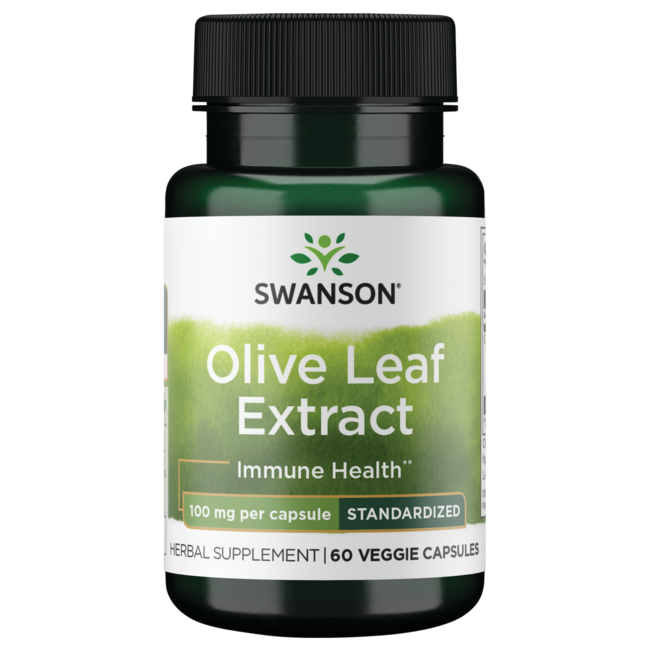Hypothesis: In C60/EVOO, the polyphenol content is conferring most of the longevity benefits, while C60 mainly serves to transport polyphenols into mitochondria as adducts.
Corollary: Olive oils with low polyphenol content, or those oils that have become rancid, oxidized, exposed to high heat or UV, will be less beneficial, and perhaps even harmful.
Evidence:
*In the original C60 rat study, fresh EVOO was used and the rats lived 15% longer than the controls without any C60, an impressive result in itself, while attempts to replicate these effects here with C60 in olive oils that are either years old or of unknown pedigree have not produced impressive results, other than an unusual incidence of cancer.
*EVOO polyphenols are known to protect against cancer and produce life extension: Xenohormetic and anti-aging activity of secoiridoid polyphenols present in extra virgin olive oil.
*In my own experience, old olive oil does not work as well—or at all. For some time I’ve used California Olive Ranch (polyphenol content unknown), and recently they’ve begun to put the harvest date on the bottle. The last bottle I bought a couple of months ago was harvested in 2014, which made we wonder about the oil I used in my last mix of C60, which had no date and worked only poorly. So exactly how old was it? Three years? To try a fresher oil, I bought a bottle of mid 2015 harvest oil from a local olive oil shop with a polyphenol content of 432, and this proved far superior. My skin looked enormously better after 24 hours from a single dose. I wanted to try even fresher oil, so I ordered an oil harvested in November of 2015 with a polyphenol content of 608 (Pruneti Frantoio). Again, I found this even better. My next step—in the works—is a mix using an October 2015 oil with a polyphenol content of 917 (De Carlo Tenuta Torre di Mossa). I will report on this in the coming weeks.
Notes: More than 60% of olive oil in the US is adulterated with cheaper oils. Thus even well known brands may have much less polyphenols than expected. All of the olive oils listed above have less than one gram per liter when tested, and likely have even less when used due to aging. Worse, only a portion will be the polyphenols conferring this life extension effect. But hopefully, once the active polyphenol(s) is identified—assuming this hypothesis is correct—I imagine it could be reacted with C60 and sold in rather small capsules.



























































